What_is_Din_Rail_and_Wire_Duct_for_Industrial_Panels.pdf
Here we have an Industrial Control Panel (ICP). We have lots of different components inside:
- Radio
- PLC
- Terminal Blocks
How do we attach all these components to our panel? Din rail. Din rail is used to secure industrial electrical components to the back plate of an ICP. It is attached by drilling and tapping holes in the back plate and fastening the rail wherever your components are needed.
Din Rail provides:
- Flexibility and freedom to arrange components however you like
- Strong, secure connection
- Many different types and accessories to enhance capabilities
Wire Duct
How do we manage wires within an ICP? Wire duct.
- Wire duct is attached to the back plate of an ICP the same way Din Rail is.
- Comes in many different widths, depths, colors, tine size, etc.
- Can be customized to fit your specific need.
- Allows us to neatly organize and manage the many wires within an ICP.
- Many different types of accessories to enhance capabilities.
Transcript
[0m:4s] Hi I'm Josh Bloom, welcome to another video in the RSP Supply education series. Today we're going to talk about why we use Dinrail and wire duct.
[0m:12s] Let's start with Dinrail. Dinrail is a mounting system used to secure electrical components to industrial control panels or anywhere you want to install electrical devices. In order to secure electrical components to Dinrail, the component itself has to have a din rail mount. Let me demonstrate how we make the connection. The Dinrail will be mounted to a control panel or wherever you might have it mounted.
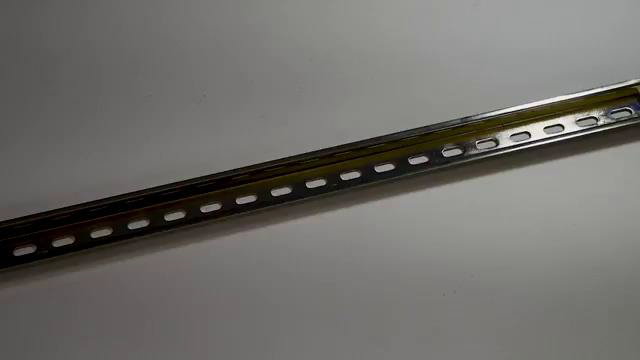
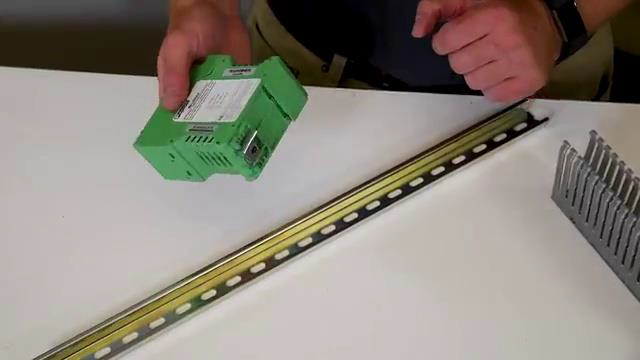
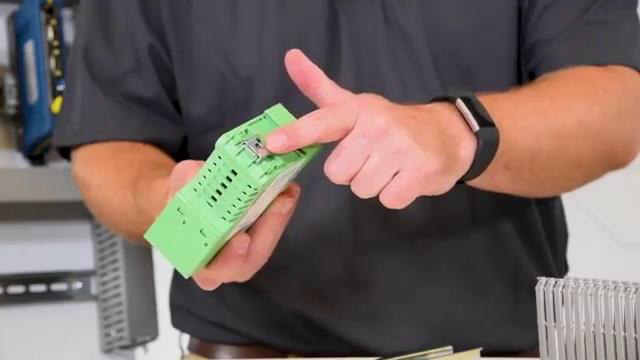
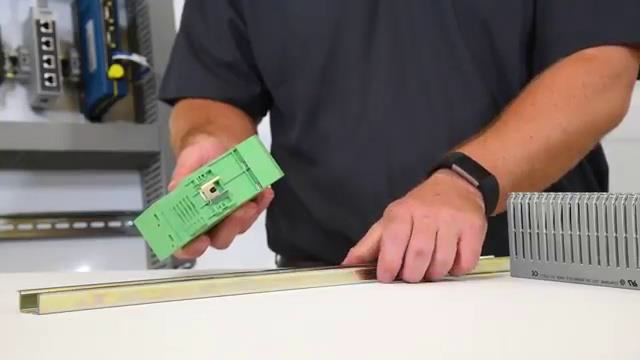
[0m:34s] The component will attach to the din rail, push down on one side and it will clip into the din rail.
[0m:39s] To remove the din rail, we take a precision screwdriver, put it in a slot that's located on the mount, lift up, and the component pops off just like that.
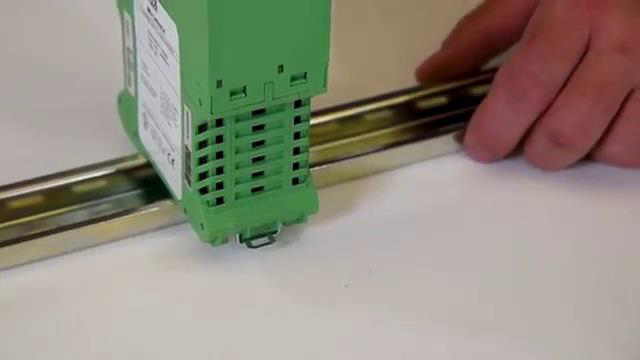
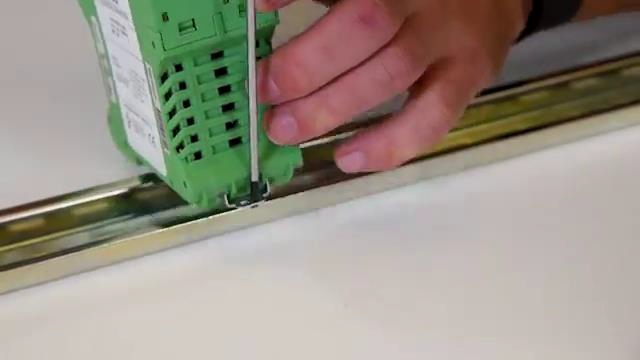
[0m:49s] Now let's look at an industrial control panel that has many different components mounted to the din rail and talk about more advantages. For example, if a breaker goes bad, we can quickly remove and replace it. We can also move components throughout the panel easily. If we need to add new components later, we can mount them just as easily.
[1m:25s] To recap: Dinrail is an easy way to mount and arrange electrical components within panels or elsewhere. Now let's move on to wire duct. Wire ducting is installed around and throughout the panel to manage wiring. Many conductors run through wire ducting, but from the outside, the panel looks neat and organized. Smaller ducts are used in smaller panels, and ducts come in different sizes and colors for AC, DC, or other uses. This helps us better manage panels.
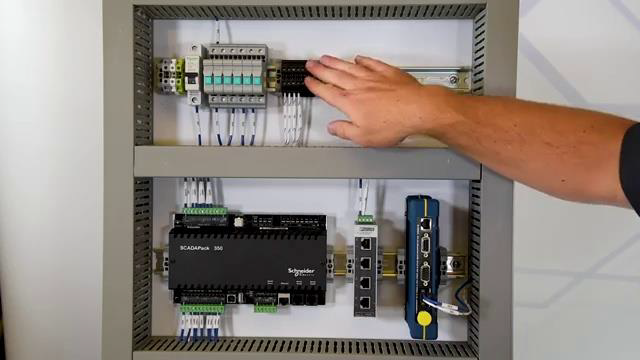
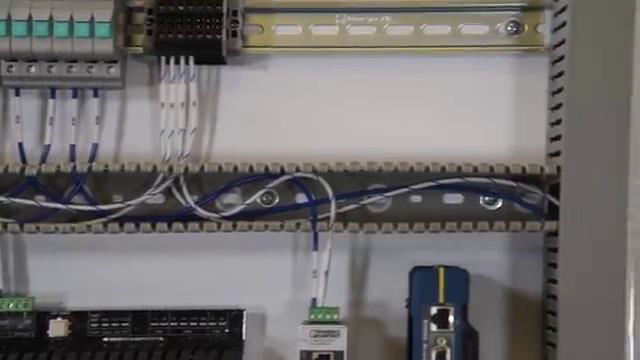
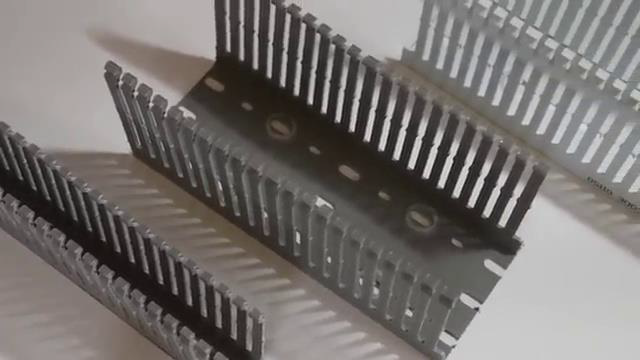
[End] As always, any of the products seen in today's video can be found on our website. For more information or other educational videos, please go to RSPSupply.com, the Internet's top source for industrial hardware. And don't forget to like and subscribe.


